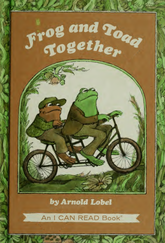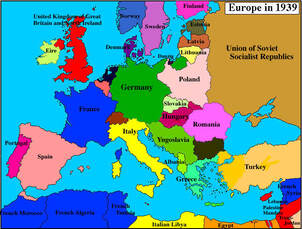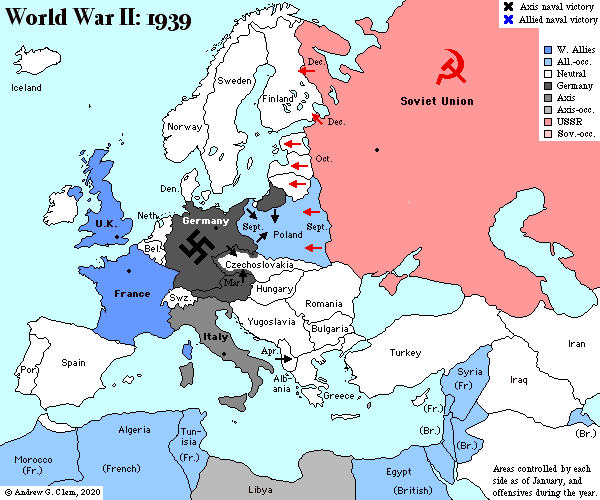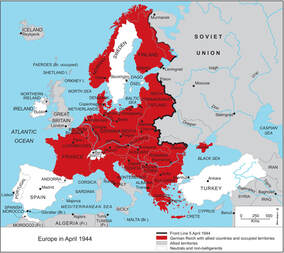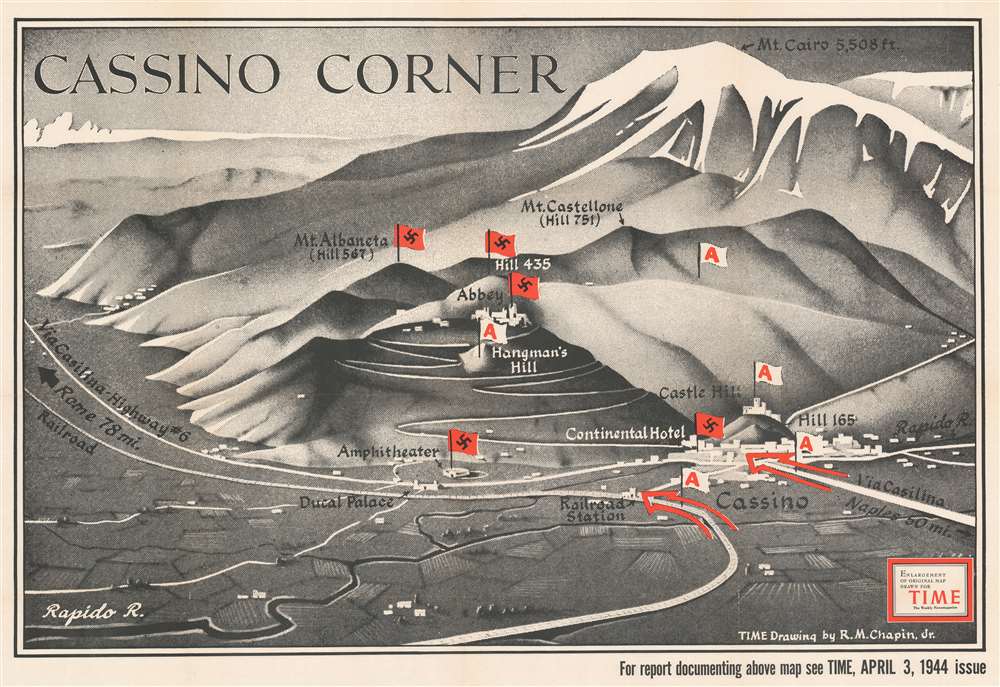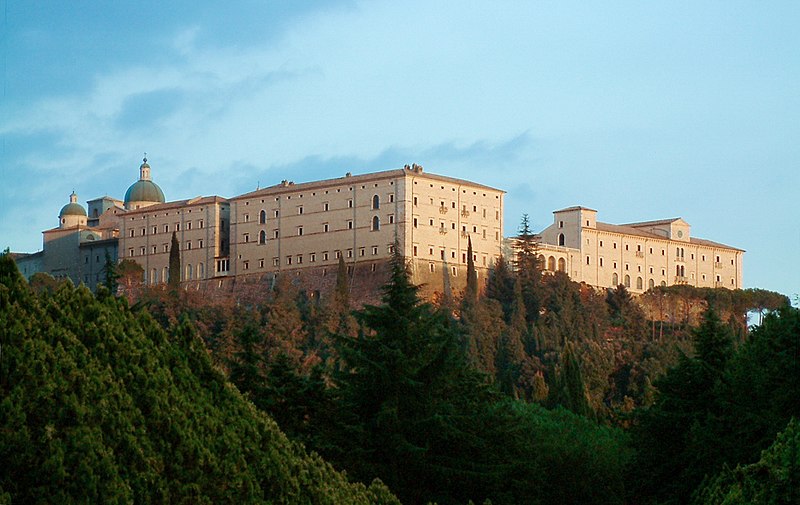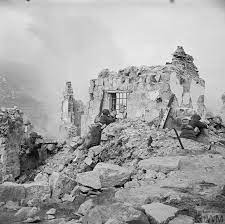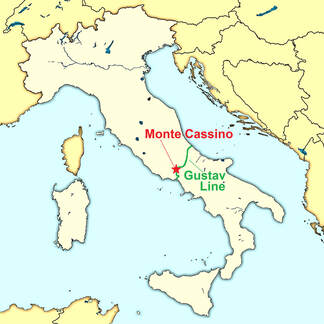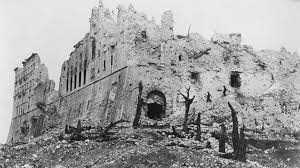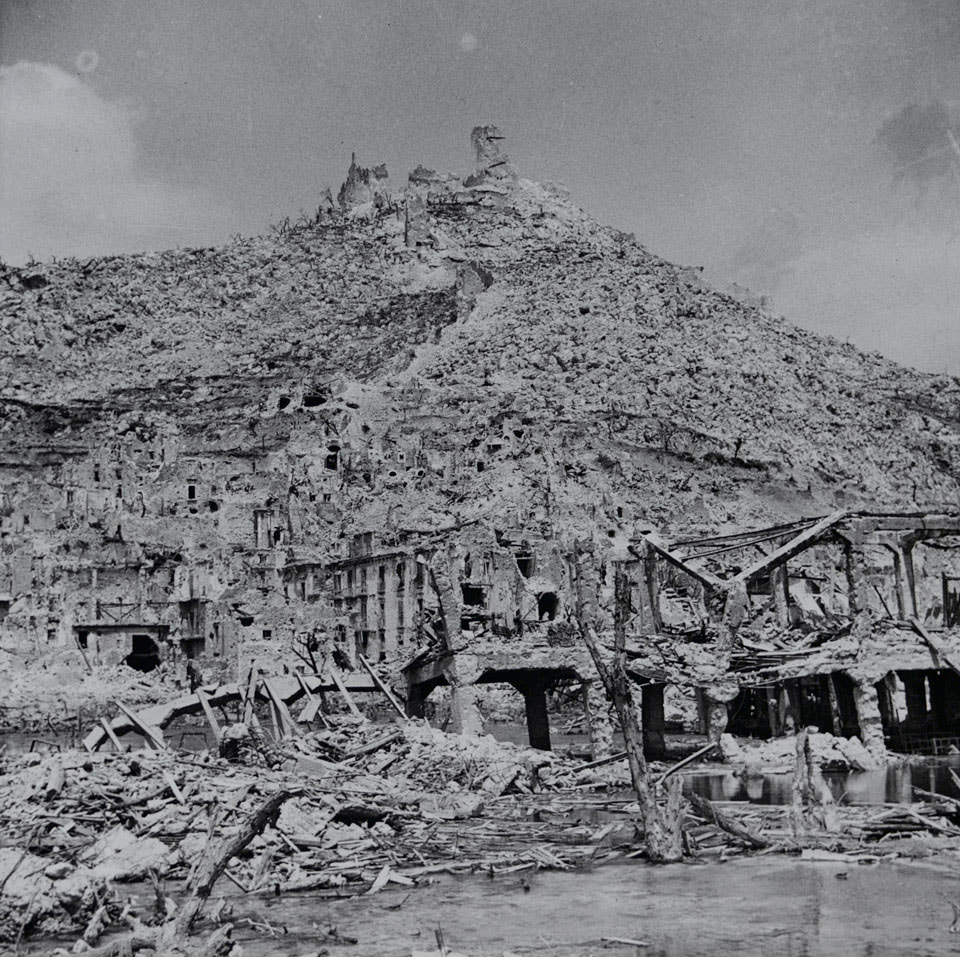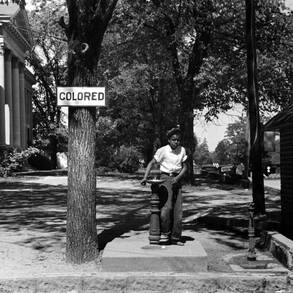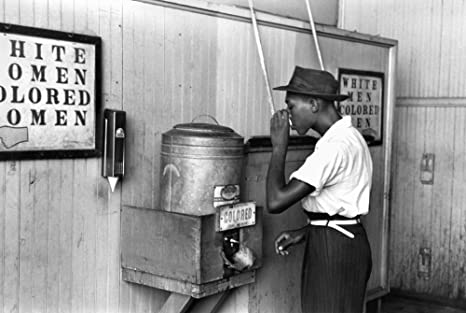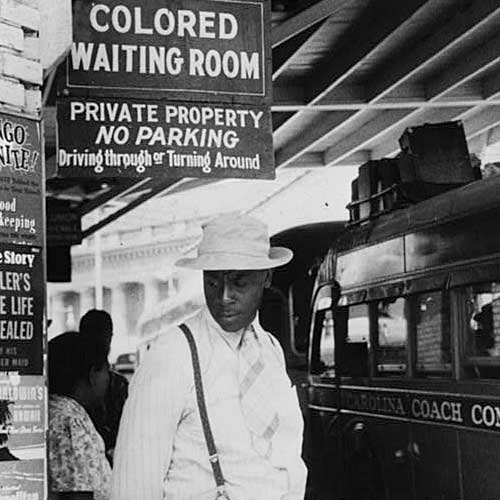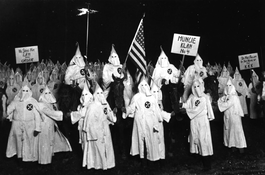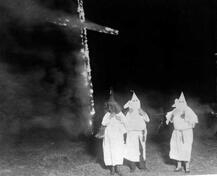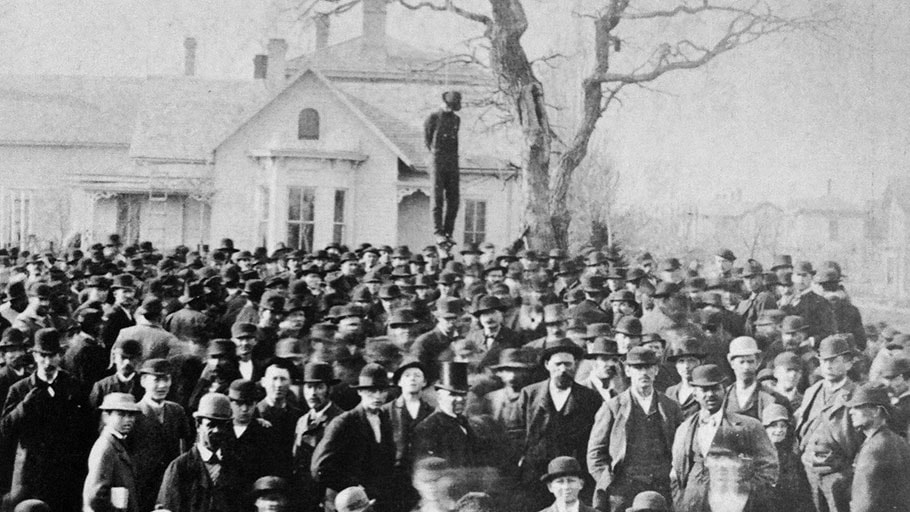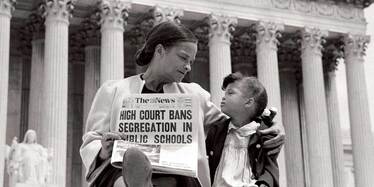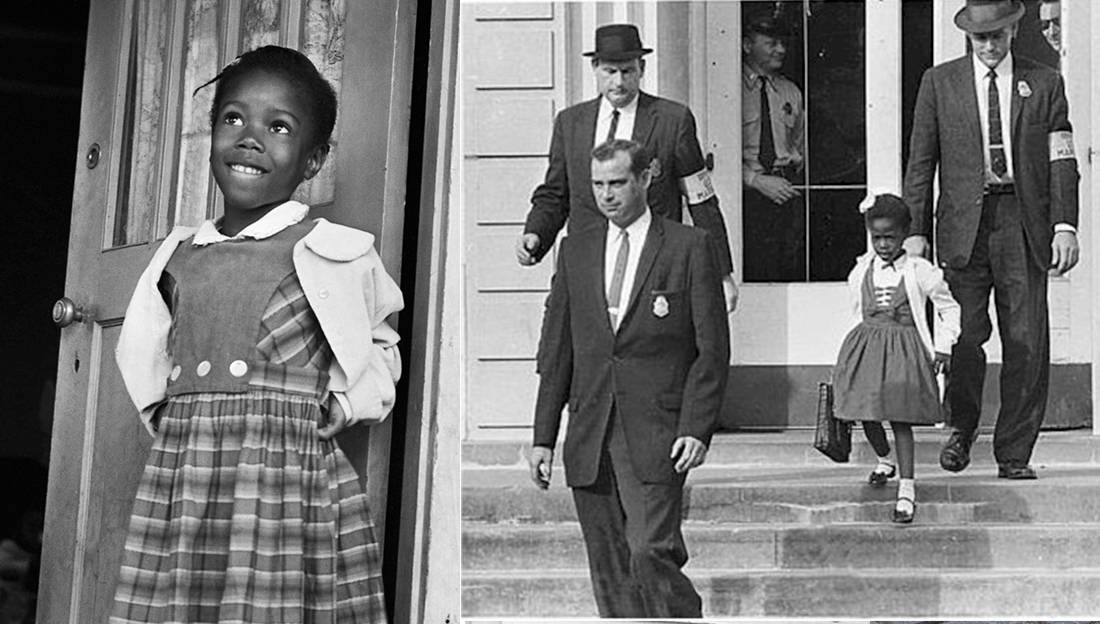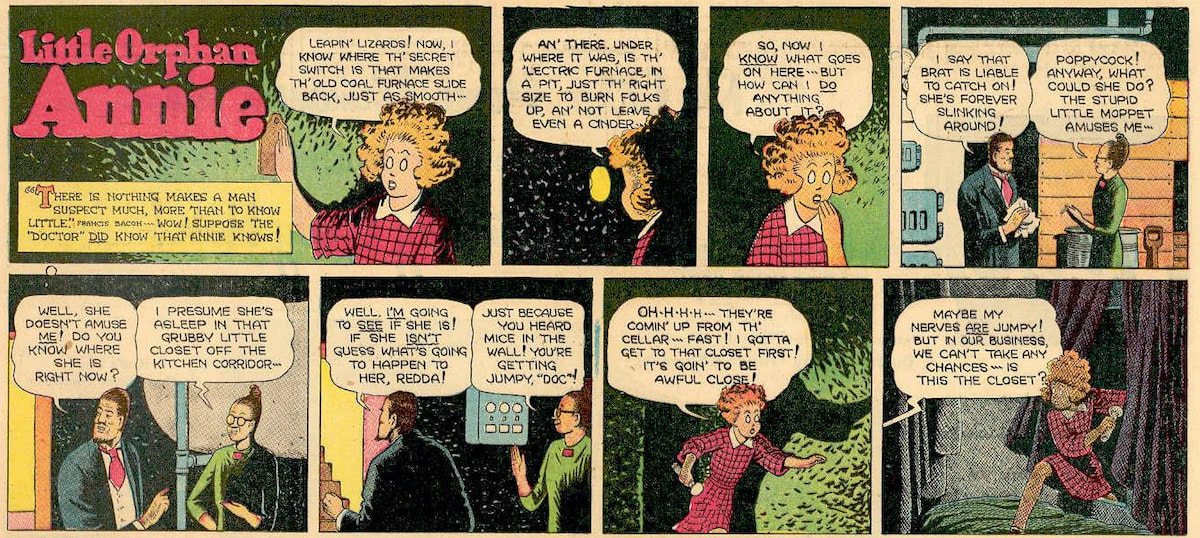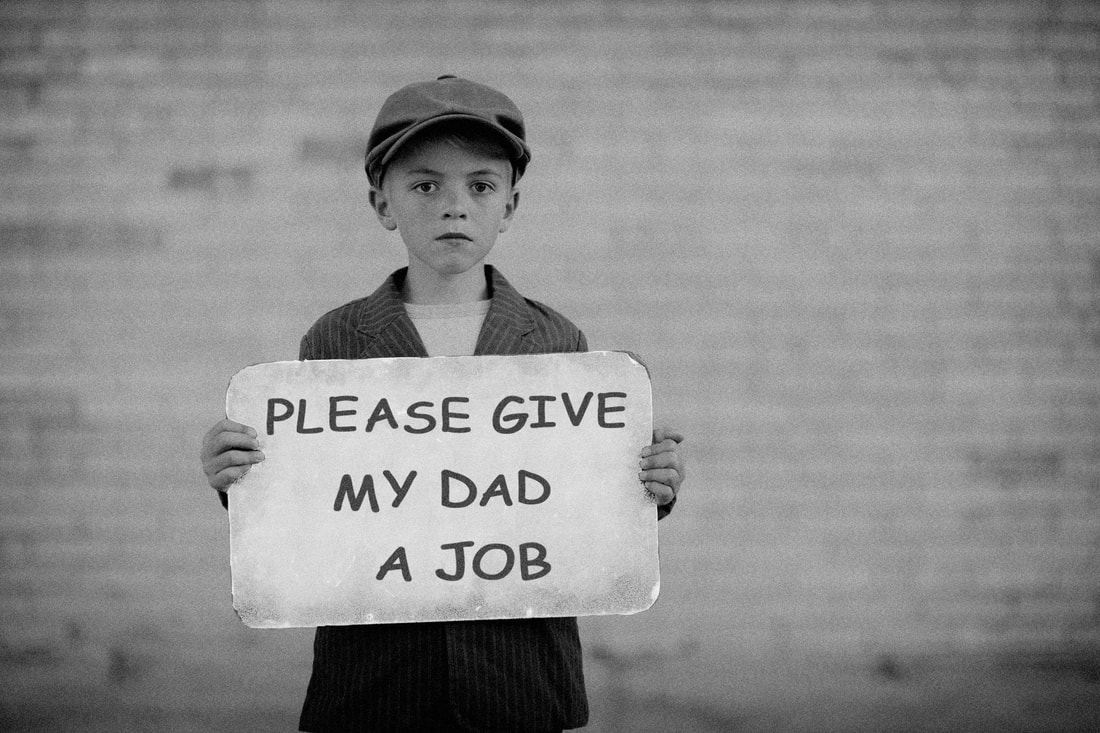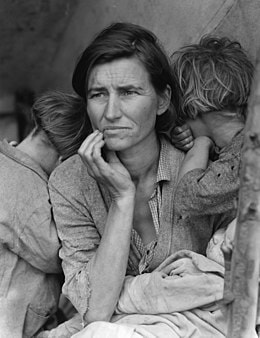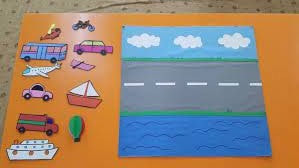Hermes Week 2
N2
Do you remember the book, "Frog and Toad Together"? In September, we read the first story in the book, called "A List". Re-Read the story so that you remember it! This week we're going to read two more stories from the same book, "The Garden" and "Cookies". You can download the book by clicking the file below.
| |||||||
Activities
1) In "The Garden", what 4 things does Toad do so that his seeds won't be afraid to grow? Fold a piece of white paper in half, so that it makes a little book. On each page, draw and write one of the four things Toad does. On the front page, also write "The Garden", your name and the date.
2) In the story, "Cookies", what 4 things does Frog do to try to stop himself and Toad from eating all of the cookies? Fold a piece of paper, just like in activity #1. On each page, draw one of the things Frog does, and write a sentence explaining what Frog is doing.
3) How are the main characters, Frog and Toad, different? When you have read "A List", "The Garden", and "Cookies", fold a piece of paper in half. On what side draw Toad and write "Toad", and on the other, draw and write "Frog". Under each one, write at least 5 adjectives to describe each of them. Here are some adjectives you may want to use, but you can also use other adjectives:
|
Kind
Childish Mature Responsible short |
Irresponsible
Selfish Loving Supportive tall |
Lazy
Silly Loyal Wise green |
Innocent
Smart Fearful Funny brown |
N3/4
We're going to read the story "Carmelina", by Patricia Russo (the author of "Thunder Cake"!). This story takes place in Italy near the end of World War II. In the middle of World War II Italy (led by Benito Mussolini) was an ally of Germany (led by Adolf Hitler and the Nazi party) and Japan. These three countries were fascist, and together they were called the "Axis Powers". They fought against "The Allies": France, Great Britain, the United States, the Soviet Union, and, to a lesser extent, China. However, in 1943, Italy kicked Mussolini out of power and joined the Allies. Germany tried to stop them from helping the allies by invading and occupying Italy. The story takes place in 1944, while much of Italy was under German occupation.
Click on the file to download "Carmelina": |
| ||||||
Take a look at these 3 maps:
N5/6
Hermes week 2: January 17-21, 2022
The Civil Rights Movement, Part 1: 1952-1961
Activity:
We're going to make a small booklet about five aspects and events of the Civil Rights Movement between 1952-1961:
1. Jim Crow Laws (1865-1968)
2. The Ku Klux Klan (KKK)
3. The Brown vs. Board of Ed court decision (1954)
4. Rosa Parks and the Montgomery Bus Boycott (1955)
5. The Freedom Riders (1961)
For each one, include either a drawing or a printed photo, and write a brief explanation of the topic. This week you must complete the pages about the first three topics, the Jim Crow laws, the Ku Klux Klan, and "Brown vs. Board of Ed". Read the articles and watch the videos below to learn about each topic.
1) Jim Crow Laws: Slavery was officially abolished in the United States in 1865, immediately after the "American Civil War". However, black people still did not have the same rights as white people. "Jim Crow laws" dictated where black people (often called "colored people" at the time) could be, and what they could do. Because the constitution said that all citizens had to be treated equally, the government claimed that white people and black people could be separated as long as they were treated equally- "Separate but equal". In reality, though, they were never treated equally. Take a look at the photos, articles and videos below to learn about the Jim Crow era.
|
Here are links to two web pages about the history of the Jim Crow laws:
|
The first two videos below are about the history of segregation in the United States. "Segregation" is separation- in this case, the separation of black people from white people. The last video is about the experience of a black man who grew up in Mississippi, in the south of the United States, in the 1960's.
|
|
|
|
2) The Ku Klux Klan (KKK): The Ku Klux Klan (also known as the KKK or "The Klan") is a hate organization that started in 1865, just after the American Civil War, when slavery was abolished. Their purpose was (and to some extent, still is) to promote slavery and segregation, to prevent black people from voting or holding positions in government, and generally to terrorize black people and anyone who supported equal rights for black people. Believe it or not, the KKK still exists today, and they still wear their signature white robes and pointed hats. In the south of the United States, at least until the 1960's, and occasionally even today, they beat up and lynched (hanged, killed) black people, burned houses, planted bombs, and other committed other violent acts.
Click on the buttons below to read an article, and watch a short video, about the Ku Klux Klan.
3) Brown vs. Board of Ed: In 1951 several black families sued the Board of Education in Topeka, Kansas because their children were not permitted to attend white schools. In 1954 they won the court case and schools started being desegregated. This was one of the first challenges to the "Separate but Equal" doctrine behind the "Jim Crow" laws. Read the articles and watch the videos below to learn more about this, then draw or glue a related photo in your booklet, and write a short summary of this event.
|
1) Click the button below to read an article about this important court case.
2. Watch the short video below about the landmark case "Brown vs. Board of Education", which laid the foundation for the end of the Jim Crow era.
|
3. Although Brown vs. Board of Ed officially ended school segregation in 1954, many schools in the south of the United States still refused to allow black children to go to the same schools as white children. In 1960 a very brave 6-year old named Ruby Bridges became the first black child to go to a white school in the south. Read the article and watch the video below to learn more about it. There's also a good movie called "Ruby Bridges".
|
Hermes Week 1: N5/N6
January 11-14
Are Zoos a Good Thing?
There's a lot of disagreement about whether or not zoos are ethical. What do you think? Read the article, watch the video, and do the exercises, then write a short essay about your opinion, with an explanation of why you think zoos are, or are not, a good thing. All parts of this project must be completed by Friday, January 14.
1) Now read the article below
| |||||||
| are_zoos_a_good_thing__pdf.pdf | |
| File Size: | 75 kb |
| File Type: | |
2) ...and watch this video
(click to view):
3) Write a pro/con chart (a list of arguments for and against zoos), like this:
Pro:
|
Con:
|
4) What do you think?
Now it's time for you to come to your own conclusion. On a loose piece of paper, write a 1-page essay explaining why you think that zoos are, or are not, a good thing. Don't forget to include your name, the date, and a title. Please send your essay to: [email protected], with the subject line: "Ensayo de inglés para Nina".
N2/N3/N4
Hermes week 1: January 11-14, 2022
"Wave Your Flag" by K'Naan
Here's another great song! There are two versions of this song. One was made for the 2010 FIFA World Cup. K'Naan also wrote a longer version which talks about how difficult it was for him as a child growing up in Liberia, in Africa, and about hope and freedom for all people. Listen to, and watch, the first video, which is the 2010 version. Then listen to it again and, in your notebook or on a piece of paper, write the missing words in the text of the lyrics below. Then listen to the song again and again until you learn the words! Then listen to, and watch, the second video. Which one do you like better?
|
|
|
Word Bank:
|
Celebration
Reason stronger |
inhibition
proud Freedom |
nation
young Champions |
fire
sun field |
Lyrics- Listen to the song in the first video. On a piece of paper, write which word belongs in which space.
|
Give me _________________, give me ________________
Give me ______________, take me higher See the ____________________ take the field now You define us, make us feel ______________ In the streets our heads are liftin' As we lose our __________________ ________________, it surrounds us Every _____________, all around us Staying forever ____________ Singing songs underneath the __________ Let's rejoice in the beautiful game And together at the end of the day, we all say When I get older I will be ______________ They'll call me freedom just like a wavin' flag When I get older I will be stronger They'll call me freedom just like a wavin' flag So wave your flag, now wave your flag Now wave your flag Give you freedom, give you fire Give you reason, take you higher See the champions take the ____________ now You define us, make us feel proud In the streets our heads are liftin' As we lose our inhibition Celebration, it surrounds us Every nation, all around us |
Staying forever young
Singing songs underneath the sun Let's rejoice in the beautiful game And together at the end of the day, we all say... When I get older I will be stronger They'll call me freedom just like a wavin' flag When I get older I will be stronger They'll call me freedom just like a wavin' flag So wave your flag, now wave your flag Now wave your flag, now wave your flag Now wave your flag, now wave your flag Now wave your flag We all say, when I get older I will be stronger They'll call me freedom just like a wavin' flag When I get older I will be stronger They'll call me freedom just like a wavin' flag So wave your flag, now wave your flag Now wave your flag, now wave your flag Now wave your flag, now wave your flag Now wave your flag And everybody will be singing it And we all will be singing it |
January 13, 2022
"Imagine" by John Lennon
"Imagine" is a song written and sung by John Lennon, who earlier was part of the rock and roll group, "The Beatles"- The most popular music group EVER!!! This song is about imagining a world in peace, where there are no hunger or greed, borders dividing countries, religious or national divisions, no material possessions, and no war. Do you think one day the world might be like the one that John Lennon imagines? John Lennon wrote this song in 1971- more than 50 years ago! People all around the world still love to sing and listen to this song.
Here's a video with John Lennon singing. His wife, Yoko Ono, is also in the video. Listen to the words and try to figure out which words are missing in the text of the lyrics below. |
...and here's another video with many different singers from around the world, made by UNICEF.
|
Word Bank (Missing words)
|
Hell
possessions hunger |
world
Sky religion |
Die
Today peace |
greed
Heaven countries |
Lyrics... where do the above words belong?
|
Imagine there's no __________________
It's easy if you try No ____________ below us Above us, only ______________ Imagine all the people Livin' for _______________ Ah Imagine there's no _______________ It isn't hard to do Nothing to kill or _____________ for And no ________________, too Imagine all the people Livin' life in ________________ You |
You may say I'm a dreamer
But I'm not the only one I hope someday you'll join us And the world will be as one Imagine no ____________________ I wonder if you can No need for ________________ or _______________ A brotherhood of man Imagine all the people Sharing all the __________ You You may say I'm a dreamer But I'm not the only one I hope someday you'll join us And the world will live as one |
January 12, 2022
|
"The Little Orphan Annie" was a cartoon strip in the 1920's:
Then a musical was made, based on the cartoon strip. In 1982 the musical was turned into a movie. This version of "Annie" takes place during the Great Depression- a period of about 10 years in which many people were terribly poor and couldn't get jobs. President Franklin D. Roosevelt (or FDR) tried to help poor people by creating new jobs doing public projects like building parks and roads, planting trees, and fixing school buildings.
|
In 2014 another movie was made. This one takes place nowadays, in New York City.
|
Lyrics:
|
The sun'll come out tomorrow
Bet your bottom dollar that tomorrow There'll be sun Just thinkin' about tomorrow Clears away the cobwebs and the sorrow 'Til there's none When I'm stuck a with day that's gray, and lonely, I just stick out my chin and Grin, and say, Oh The sun'll come out tomorrow So ya gotta hang on 'til tomorrow Come what may Tomorrow, tomorrow I love ya tomorrow You're always a day away |
When I'm stuck a with day
That's gray, and lonely, I just stick out my chin and grin, and Say, Oh The sun'll come out tomorrow, So ya gotta hang on 'til tomorrow, Come what may Tomorrow, tomorrow I love ya tomorrow You're always a day away Tomorrow, tomorrow I love ya tomorrow You're always a day away. Sung and acted by: Quvenzhané Wallis Source: LyricFind Songwriters: Charles Strouse / Martin Charnin |
Activity:
In your notebook, or on a piece of paper, draw something you did yesterday, something you are doing today, and something you will do tomorrow. Write "Yesterday was Tuesday", "Today is Wednesday" and "Tomorrow will be Thursday" under your drawings.
January 11, 2022
This song, "Let Love Be Your Guide", was written by Dan and Claudia Zanes in honor of John Lewis. John Lewis was a civil rights activist who died in 2020. A civil rights activist is a person who fights hard to obtain justice and equality for everyone. John Lewis was a very important student leader in the civil rights movement in the United States in the 1960's. He fought for black people to have the same rights as white people.
Instructions:
Listen to the song. Read the missing words and the song lyrics. Listen to the song again, and try to figure out which of the missing words goes in which space. On a piece of paper, write down the number of the space and the word that goes there. Once you've got all the words, try to sing along, and keep practicing until you've learned the song!
Missing Words
|
Longing
Heart Knew |
History
Yesterday Nightmare |
Sweetest
Marching Clear |
"Let Love Be Your Guide" song lyrics
|
There’s something I must tell you now
Let love be your guide The __(1)___ of the human __(2)___ knows how to let love be your guide I stood among you and I ___(3)___ Let love be your guide It was ___(4)____ what you were here to do Let love be your guide Be your guide when you’re weary Be your guide when you’re unsure The winds of change are on your side Let love be your guide ___(5)___ tells us this is not new Let love be your guide ____(6)____’s lessons still hold true Let love be your guide |
The ___(7)____ it was deep and long
Let love be your guide Now the air is troubled with the ____(8)__ song Let love be your guide Be your guide when you’re weary Let it be your guide when you’re unsure The winds of change are on your side Let love be your guide Well, I may not be with you when the day is done Let love be your guide But I know you’ll be ____(9)___ ’til the peace is won Let love be your guide Be your guide when you’re weary Be your guide when you’re unsure The winds of change are on your side Let love be your guide |

